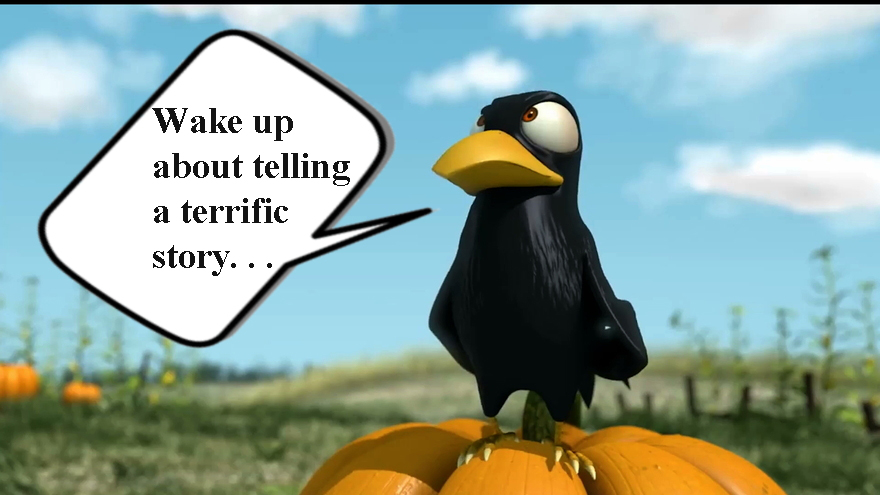Storytelling brings together the past, present, and future! on Vimeo.
Marguerite Kearns is ten years old when she starts asking questions about her late grandmother—Edna Kearns. No photos of Edna are displayed in the homes of her relatives, although the mere mention of Edna’s name is enough to bring a hush over any conversation.
Why? The Nancy Drew detective series comes in handy for when ten year old Marguerite is searches for clues. She wants to know why her grandfather falls in love with Edna back in 1903. And what is behind the child’s fascination with finding out everything she can about a relative who died before her birth?
Edna Buckman Kearns had been an activist in the struggle for American women to win the right to vote.
There is a mystery associated with this as well. Marguerite waits for her elementary school teacher to include this part of history in the classroom, but the topic is passed over quickly.
The story of Marguerite’s life is told in the context of comparing two generations—the Soapbox Generation of her grandparents and her own generation, The Woodstock Nation. The contrast is revealed in her description of the 20 years she lives in the town of Woodstock in the HudsonValley of New York State in the aftermath of the 1969 Woodstock Festival.
This story captures the ups and downs of a struggle for understanding herself and her grandparents, for identity, and a way to bring the past, present, and future together. It is a tale about the importance of books, the mysteries of family legends, two in particular that make writers like Edgar Allan Poe influence generations of readers beyond their lifetimes.
Storytelling brings together the past, present, and future in this memoir that celebrates the 50th anniversary of the Woodstock Festival in 2019 and the suffrage centennial of U.S. women voting for 100 years in 2020.
This coming of age story illustrates how the process of coming of age is an ongoing one, filled with surprises and humor.


One Responses
Hi, I bring Susan B Anthony to life in public performances. Wondered if you ever interview historical performers or Susan herself?